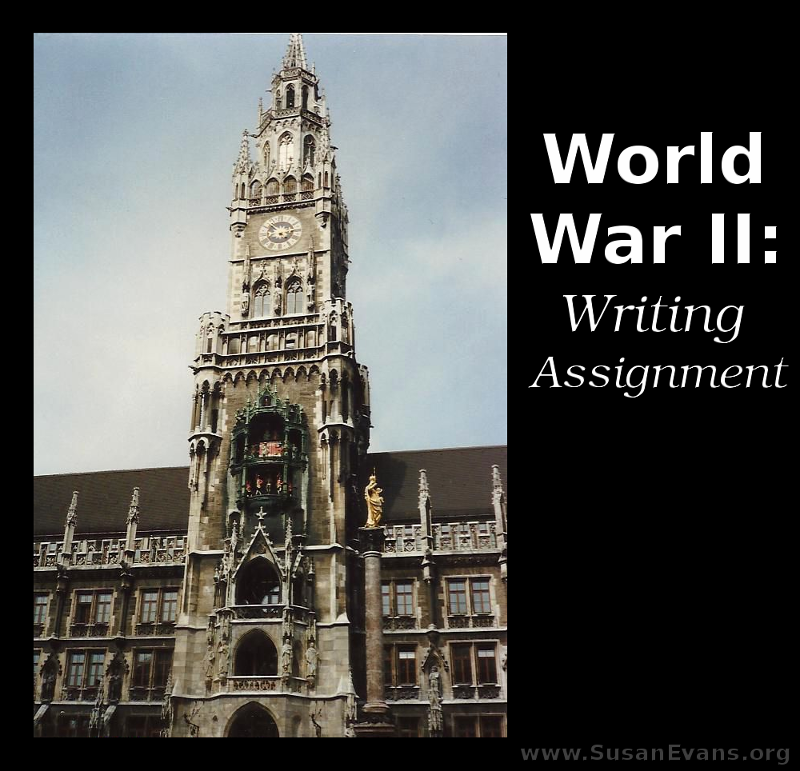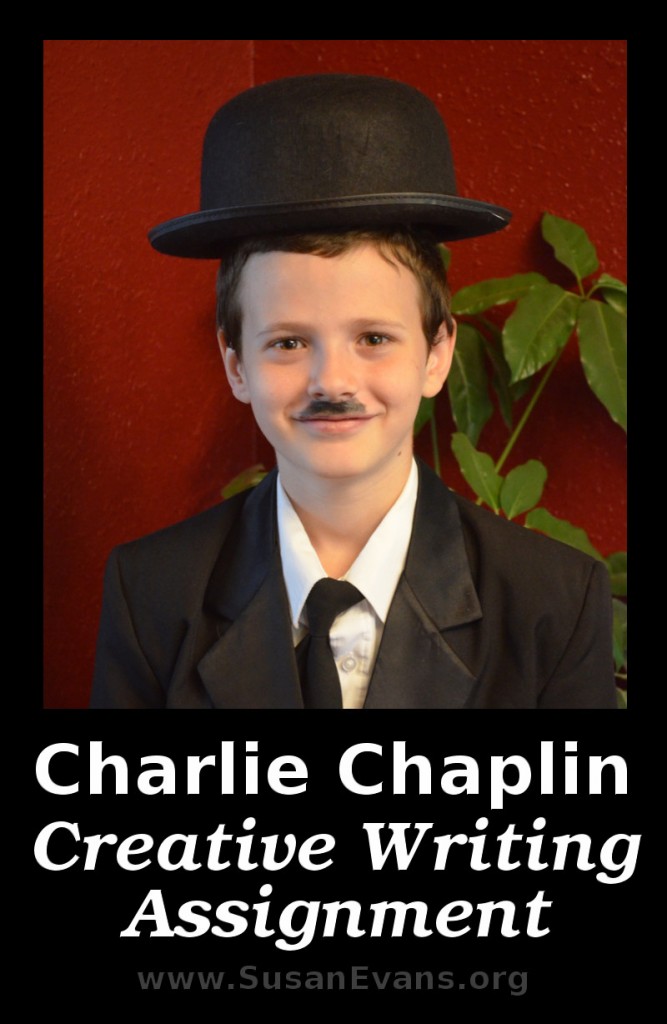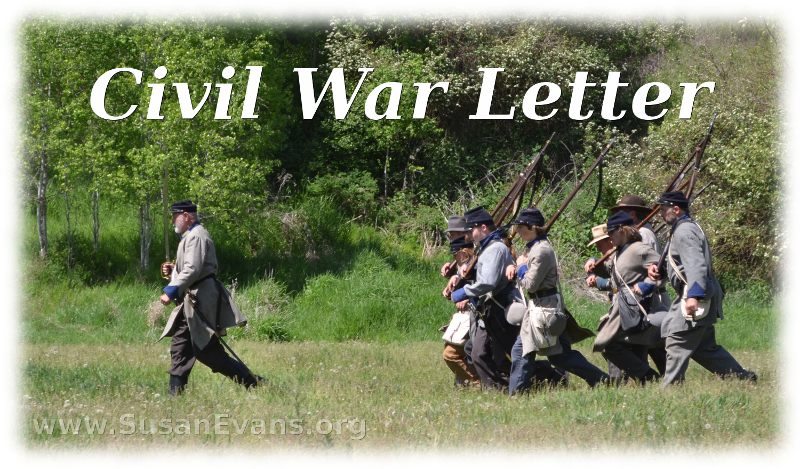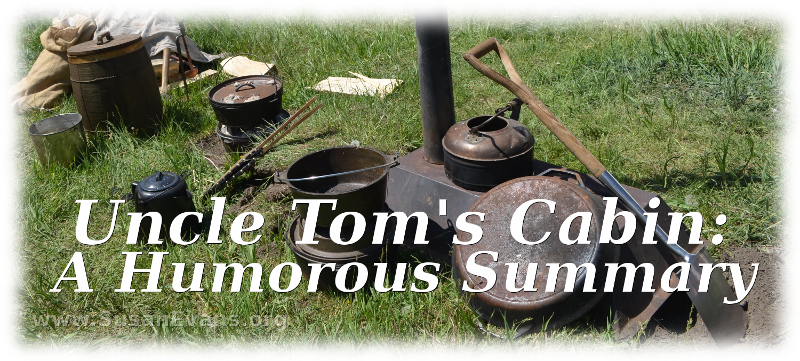Each of my kids wrote a summary of World War II for their Modern History Notebooks. I told them that they needed to include the following topics:
- Hitler
- The Holocaust
- The cause of World War II
- How the U.S. entered the war
- How World War II ended
As long as they included these major topics, they could write the report in whatever style they wanted. Here is an example:
World War II Writing Assignment
At the end of World War I, the Versailles Treaty was ridiculously hard on Germany. It asked for so much money that Germany’s government printed more money, which led to inflation. Hitler told everyone he could make things better. He said would get rid of the terrible Versailles Treaty, kill every last Jew for no reason, and take over the world!!! Muuahahahaha!!! Hitler was so evil that the entire world was appalled. Everyone hated Hitler, except Germans, who were brainwashed against the Jews anyway, and liked the sound of ruling the world.
First, Germany broke the Versailles Treaty by putting soldiers in the Rhineland. Britain protested. Then Germany took over Austria and threatened to take over Sudetenland. A big meeting took place where Hitler was told he could take over Sudetenland, but nothing else. He promised to do what they said, then promptly broke his promise and took over the rest of Czechoslovakia. Germany made a non aggression pact with Russia, then took over Poland. Britain and France finally declared war on Germany. But Germany used planes and tanks to capture Luxembourg, Norway, the Netherlands, France, and Belgium. Great Britain was the only nation left. It held its own for over a year. Then Germany attacked Russia, breaking the non aggression pact.
The Germans were always murdering Jews by bringing them to concentration camps. The weak were killed immediately, and the strong were worked to death. All this became known as the Holocaust. This was justified by the idiotic reasoning that the Germans were “a more highly evolved race” and Jews were inferior. The Japanese also taught that they were “more highly evolved” so it made sense to rule the world. So they captured a whole bunch of islands.
Then the Japanese bombed Pearl Harbor, infuriating all of the United States, who finally entered the war. As a result, the U.S. made so many war things, it gave a whole lot of jobs to people who desperately needed them, pulling us out of the Great Depression.
Bombing raids were when airplanes flew over a city, and they dropped bombs on it. Some bombs exploded; some bombs burst into flames. During the night, people everywhere turned off the lights so enemy bombers couldn’t see where the city was.
Operation Torch, Operation Husky, and Operation Overlord were successful invasions by the Allies. The Battle of the Bulge was a big victory. The United States used a leapfrog strategy to recapture islands from the Japanese. Then the atomic bomb was invented.
The United States told Japan to surrender, but they didn’t. So the U.S. flattened Hiroshima, which killed more than 138,000 people, including civilians. The Japanese government didn’t believe this would ever happen again, so they still wouldn’t surrender. But then the U.S. dropped another atomic bomb on Nagasaki. Then Japan finally surrendered, and the war was over.







